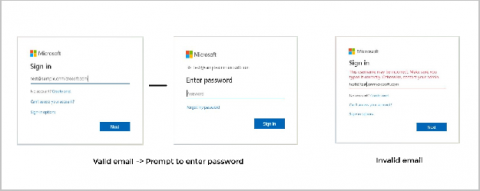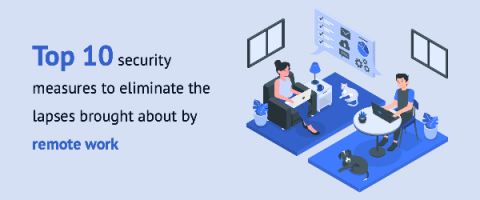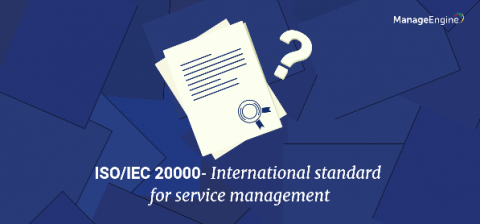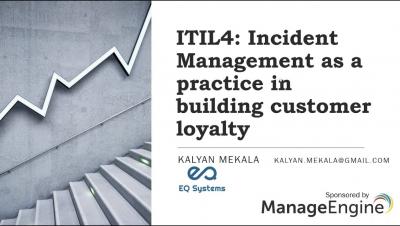GCP monitoring and alerting with Applications Manager
Google Cloud Platform (GCP), a suite of cloud computing services offered by Google, launched in 2008. It is a powerful cloud platform that offers Infrastructure as a Service (IaaS), Platform as a Service, and serverless computing environments. Many companies are now using GCP to build, modernize, and scale their businesses. GCP monitoring with Applications Manager Monitoring GCP service instances can be pretty challenging.










